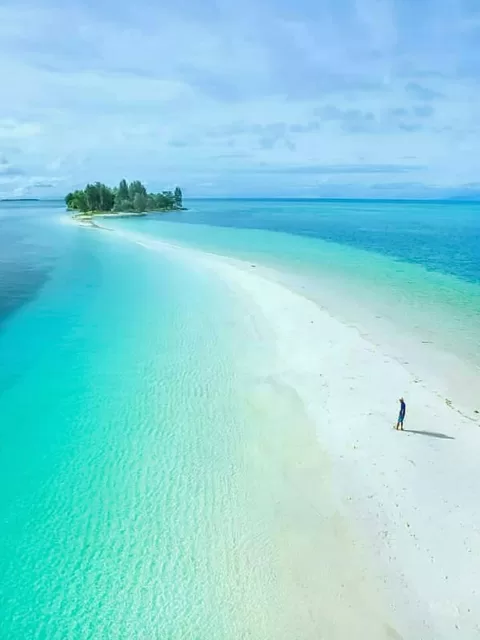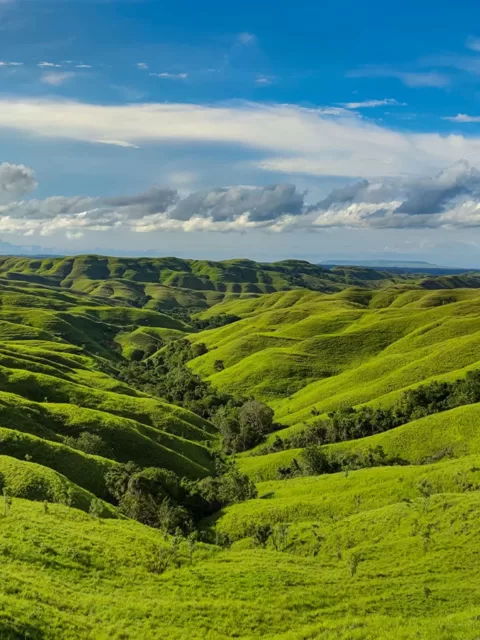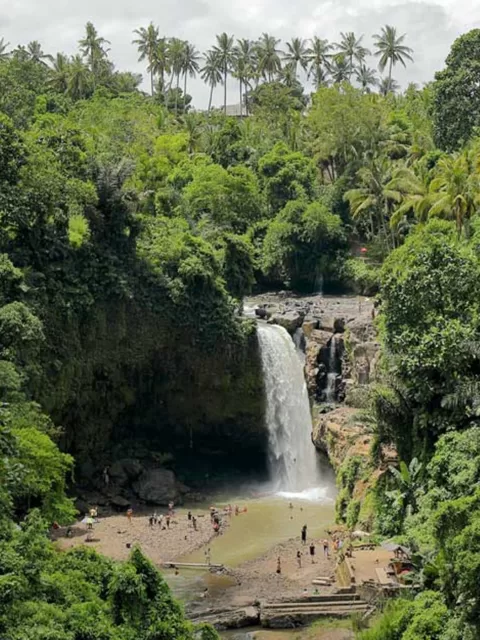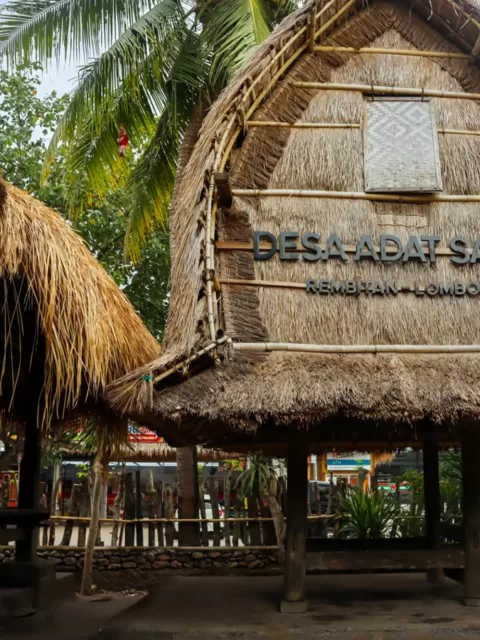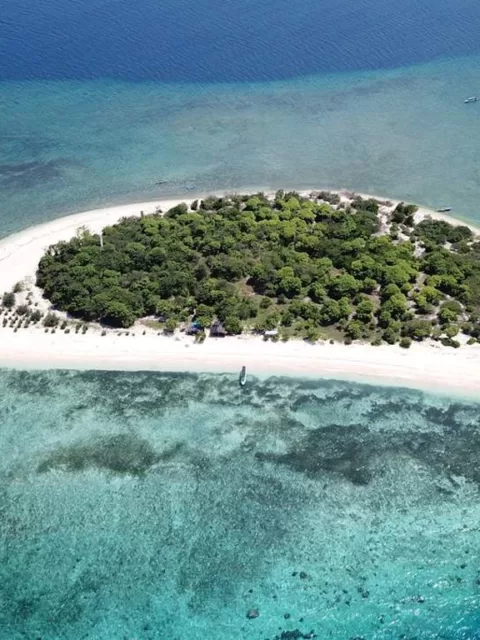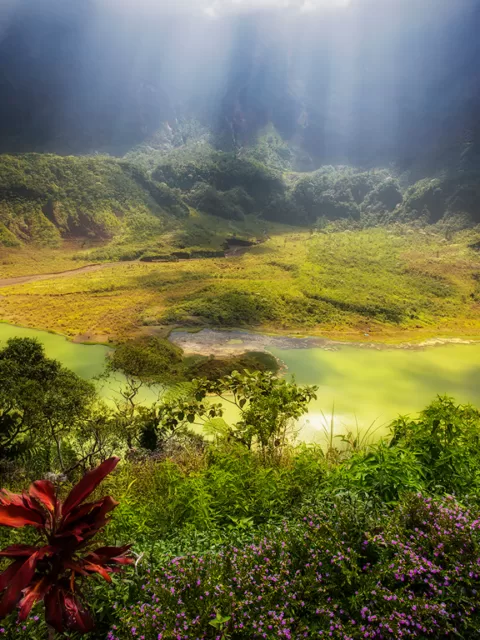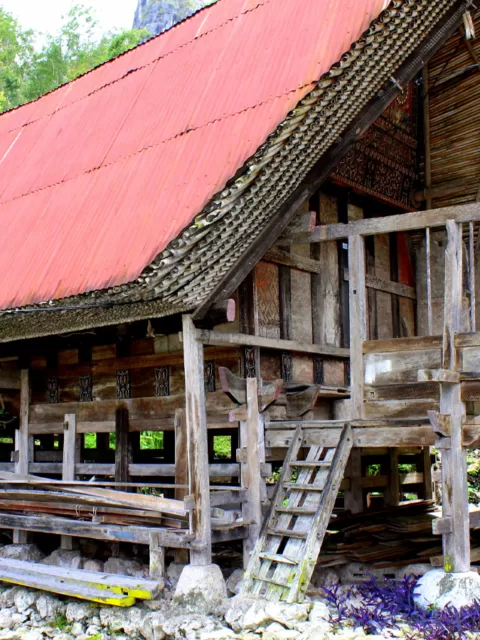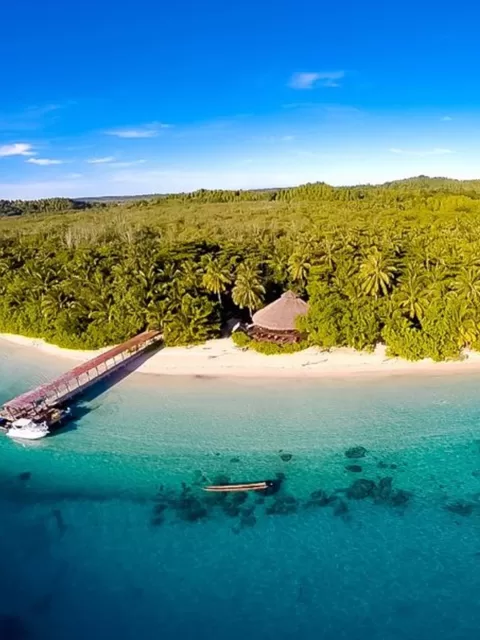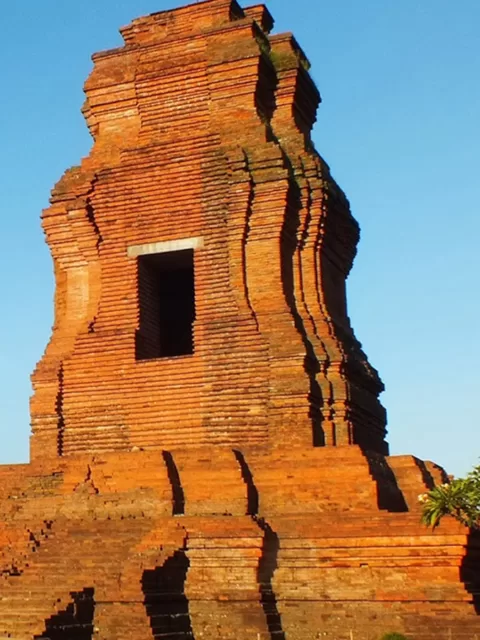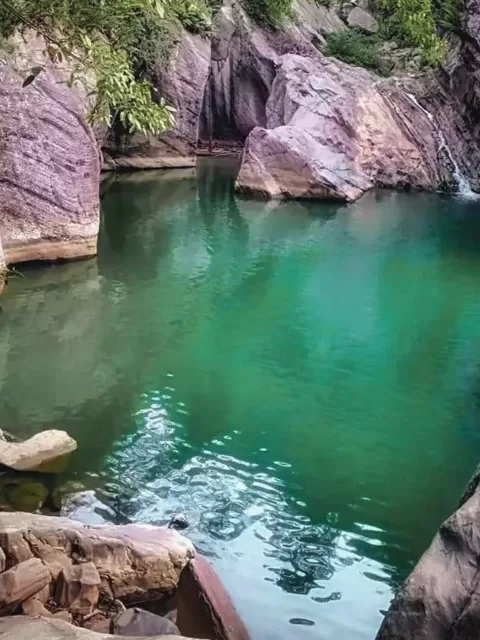Rammang Rammang Village: Karst Hills and Rice Terraces
Nestled in the heart of South Sulawesi, Indonesia, lies a hidden gem that offers a unique blend of natural beauty and rich cultural heritage – Rammang Rammang Village. As we embark on this journey of exploration, we invite you to discover the charm of this quaint village, where majestic karst hills and lush rice terraces create a picturesque landscape. Rammang Rammang is more than just a destination; it’s an opportunity to connect with nature, appreciate the traditional ways of life, and experience the allure of Indonesia’s countryside.
The Charm of Rammang Rammang Village
Geography and Location of Rammang Rammang
Rammang Rammang Village is strategically located in the Maros Regency of South Sulawesi, not far from the bustling city of Makassar. The village’s proximity to the major urban center makes it an accessible yet tranquil retreat for travelers seeking a break from city life. Rammang Rammang’s rural charm, surrounded by limestone hills and terraced rice fields, beckons nature enthusiasts and culture seekers alike.
The Allure of Its Karst Hills and Rice Terraces
Rammang Rammang is renowned for its striking karst hills and intricate rice terraces that stretch across the landscape. The karst formations, formed over millions of years, are a geological wonder. Their towering limestone pillars and hidden caves create a mesmerizing backdrop for the village. In contrast, the rice terraces reflect the harmonious coexistence of nature and traditional farming practices. The lush greenery of the terraced fields paints a vivid picture of the local agriculture.

The Unique Cultural and Environmental Significance
Rammang Rammang Village holds profound cultural and environmental importance. It is part of the Rammang Rammang Karst Landscape, a UNESCO Global Geopark, recognized for its geological heritage. The village also serves as a testament to the cultural richness of the indigenous Bugis people who inhabit the area. Their traditional ways of life, ceremonies, and customs provide visitors with a glimpse into the cultural tapestry of South Sulawesi.

Exploring the Karst Hills
Rammang Rammang’s Majestic Karst Formations
The karst formations of Rammang Rammang are a sight to behold. These limestone wonders, sculpted by nature, are a unique blend of towering cliffs, hidden caves, and lush vegetation. The karst hills provide opportunities for adventurous explorers to hike, climb, or admire the grandeur of these geological marvels.
Hiking and Trekking Options
For those who seek adventure, Rammang Rammang offers a range of hiking and trekking options. Guided treks through the karst landscape lead you to viewpoints where you can soak in the panoramic vistas. As you traverse the terrain, you’ll be captivated by the diverse flora and fauna that have adapted to this remarkable environment.

Hidden Caves and Limestone Wonders
One of the highlights of exploring the karst hills is the chance to venture into hidden caves. Rammang Rammang is home to limestone caves with unique ecosystems, including the prehistoric Leang-Leang Cave, known for its ancient handprints. The caves are not only natural wonders but also archaeological treasures that reveal the history of human habitation in the area.
Rice Terraces of Rammang Rammang
The Lush Greenery of the Rice Fields
The rice terraces of Rammang Rammang are a serene contrast to the rugged karst hills. These terraces are not only a testament to the ingenious agricultural practices of the locals but also a visual delight. The lush green fields stretch as far as the eye can see, creating a harmonious blend of nature and human intervention.
Traditional Farming Methods and Techniques
The cultivation of rice in Rammang Rammang is a tradition passed down through generations. Locals employ traditional farming techniques, such as the “pantau system,” which involves constructing intricate irrigation channels to manage water levels. This method not only sustains the rice fields but also showcases the villagers’ deep understanding of their natural surroundings.
The Role of Rice in Local Culture and Cuisine
Rice is more than just a staple in Rammang Rammang; it is an integral part of the local culture. The planting and harvesting of rice are marked by various ceremonies and rituals that highlight the significance of rice in Bugis culture. Visitors can also savor local dishes prepared with freshly harvested rice, providing a taste of the village’s culinary heritage.
Local Culture and Traditions
Insights into the Indigenous Communities of Rammang Rammang
Rammang Rammang is home to indigenous Bugis communities who have lived in the area for generations. These communities have a deep connection to the land and sea, and their traditional practices and customs reflect this relationship. Visitors have the opportunity to engage with the locals, learning about their way of life and cultural heritage.
Traditional Practices and Customs
The Bugis people of Rammang Rammang have preserved their cultural practices and customs. These include traditional ceremonies, such as weddings and harvest festivals, which are marked by elaborate rituals and vibrant celebrations. Immersing yourself in these traditions offers a unique insight into the village’s rich cultural tapestry.
How the Local Culture Integrates with the Natural Surroundings
The cultural practices of Rammang Rammang Village are intrinsically tied to the surrounding natural landscape. The Bugis people have a deep respect for the environment, recognizing the vital role it plays in their daily lives. This harmony between culture and nature is a testament to the sustainable way of life practiced for centuries.
Practical Information for Visitors
How to Get to Rammang Rammang Village
Reaching Rammang Rammang Village typically involves flying into Sultan Hasanuddin International Airport in Makassar, the capital of South Sulawesi. From Makassar, it’s a scenic drive to the village. While Rammang Rammang is easily accessible, it’s essential to plan your trip and transportation.

Accommodation Options and Recommendations
Accommodation in Rammang Rammang Village ranges from homestays with local families to simple guesthouses. Staying with the villagers offers an authentic experience and the chance to engage with the local community. However, due to limited accommodation options, it’s advisable to make reservations in advance.
Best Times to Visit and Travel Tips
The best time to visit Rammang Rammang Village is during the dry season, typically between May and October. The weather is pleasant, and outdoor activities are more enjoyable. However, visiting during the wet season, from November to April, offers a different perspective, as the landscape becomes lush and vibrant.
Final Thoughts
In conclusion, Rammang Rammang Village is a hidden gem that offers a unique blend of natural beauty, cultural richness, and a deep connection with the land. Its karst hills and rice terraces create a picturesque landscape, while the local Bugis communities provide insights into a traditional way of life. Rammang Rammang is a destination that invites you to explore, appreciate, and connect with the environment and the people who call it home.
As you leave this enchanting village, you’ll carry not just memories of its natural beauty and cultural heritage but a profound appreciation for the hidden gems that Indonesia has to offer. We encourage all travelers to experience the charm of Rammang Rammang Village, where the beauty of karst hills and rice terraces awaits, and where nature and culture coexist in perfect harmony.



